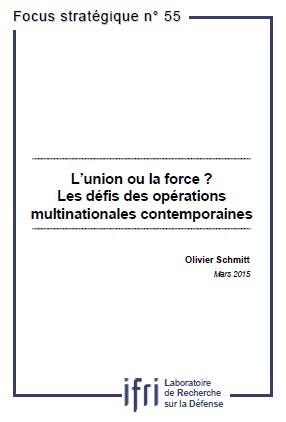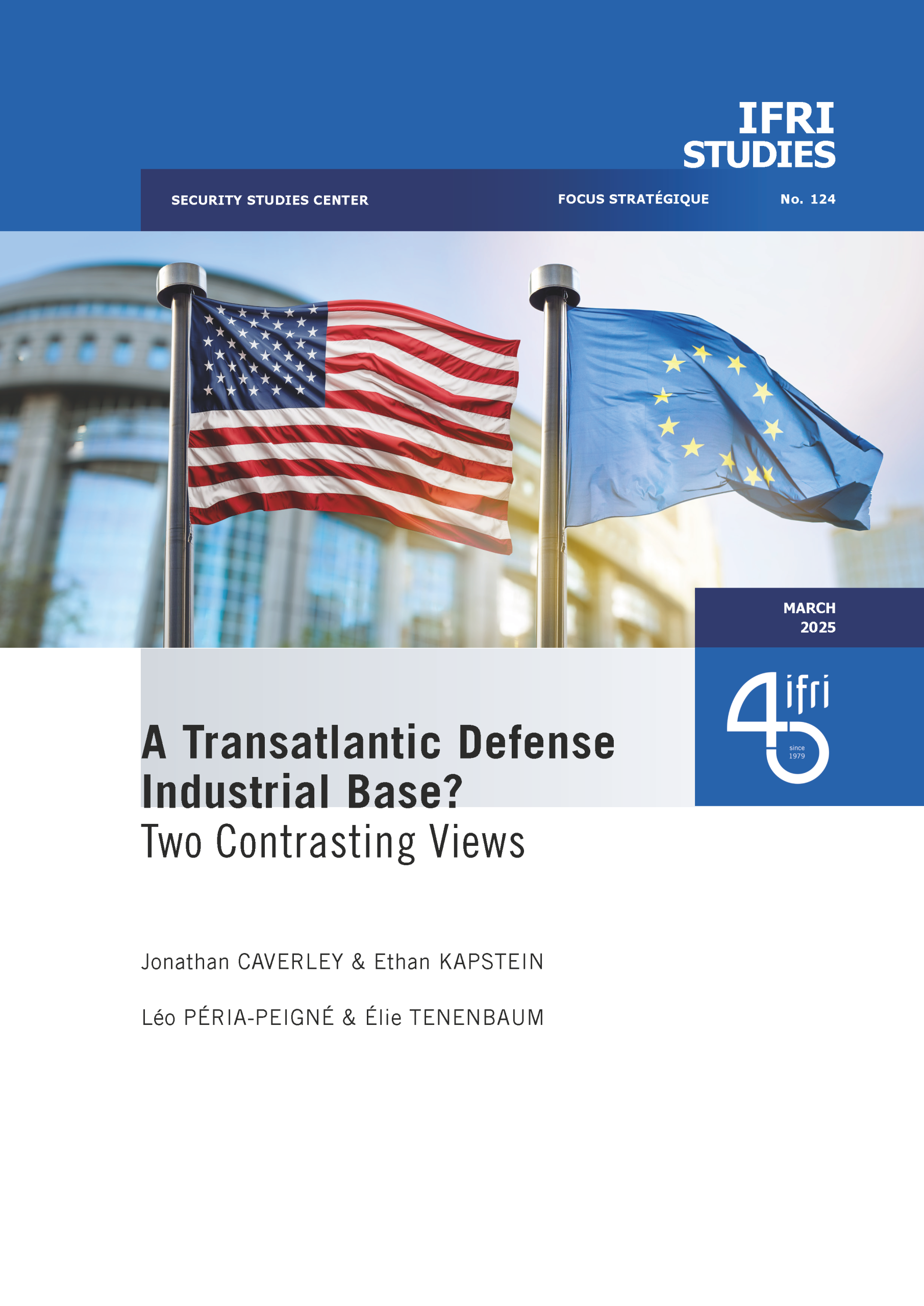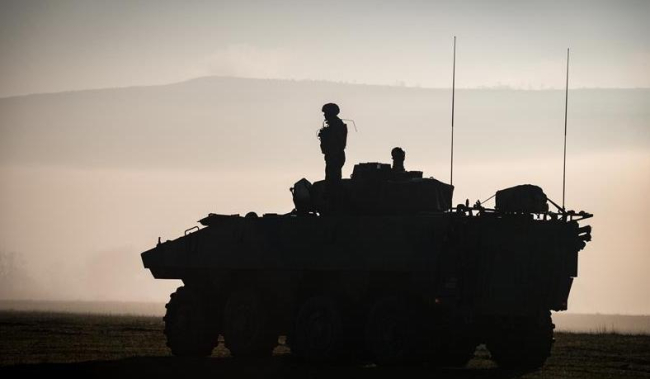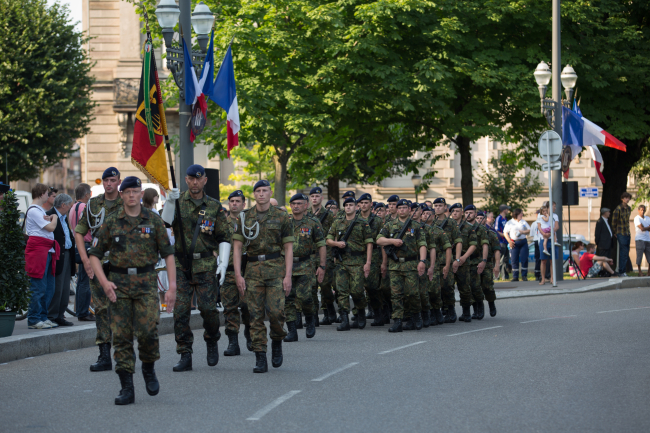L’union ou la force ? Les défis des opérations multinationales contemporaines

Contemporary multinational military operations occur in a strategic context characterized by the domination of limited conflicts for Western states.
As such, those interventions are marked by a tension between the military logic of integration as a condition of effectiveness and the political logic of state autonomy. This situation leads to a number of specific dynamics, such as the imposition of restrictions on the use of force (“caveats”), the difficulty to achieve the unity of purpose and the unity of command, and the search for an increase of international legitimacy through the number of participants to the intervention. This article analyses the dynamics of contemporary multinational interventions, and explores potential ways to manage the difficulties related to the dialectic between integration and autonomy.
This content is available in French: L’union ou la force ? Les défis des opérations multinationales contemporaines
Related centers and programs
Discover our other research centers and programsFind out more
Discover all our analysesThe Franco-German Brigade and the Revival of European Defense
One thing has been clear since Donald Trump's return to the White House: the very existence of the European unification project is threatened. Unless it develops a sovereign defense policy to counter the war in Ukraine and the weakening of American security guarantees, the European Union will continue to see its internal cohesion and external attractiveness wane.
Taking the Pulse: Can Europeans Build Their Independent Extended Nuclear Deterrent?
Confronted with a U.S. disengagement and the Russian threat, Europeans are reconsidering their stance on nuclear deterrence. Given the capabilities of the French and British arsenals, can Europe develop an independent nuclear deterrent?

RAMSES 2024. A World to Be Remade
For its 42nd edition, RAMSES 2024 identifies three major challenges for 2024.
A Transatlantic Defense Industrial Base? Two Contrasting Views
The evolving landscape of global defense cooperation has brought the transatlantic relationship between the United States (US) and Europe into sharp focus. As geopolitical tensions rise and the threat environment becomes more complex, the question of how Europe can best ensure its security while navigating its relationship with the United States has become paramount. This double feature report offers two contrasting views on the dynamics of US-Europe defense industrial relations, highlighting the challenges and opportunities that lie ahead for both parties.








